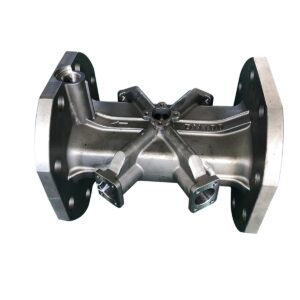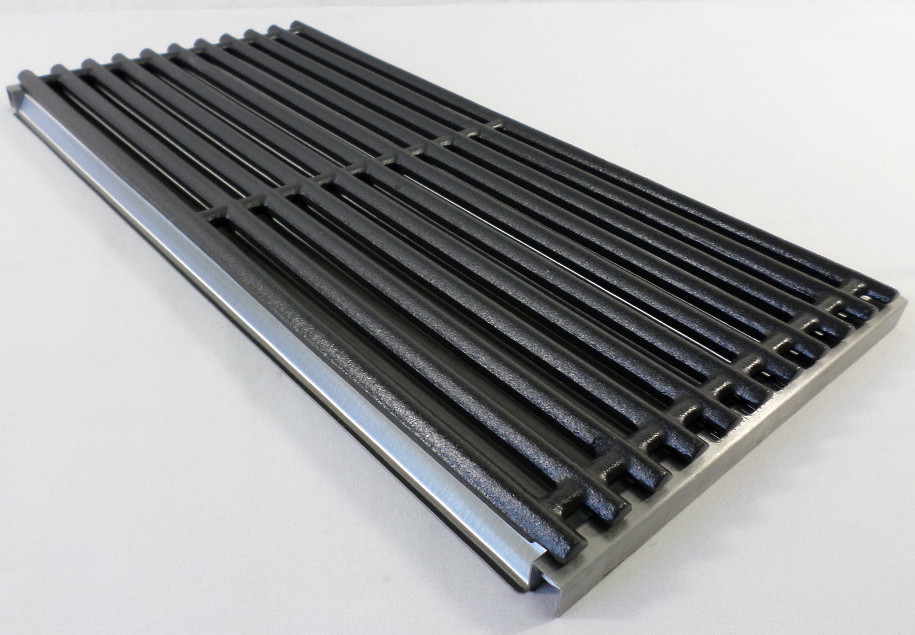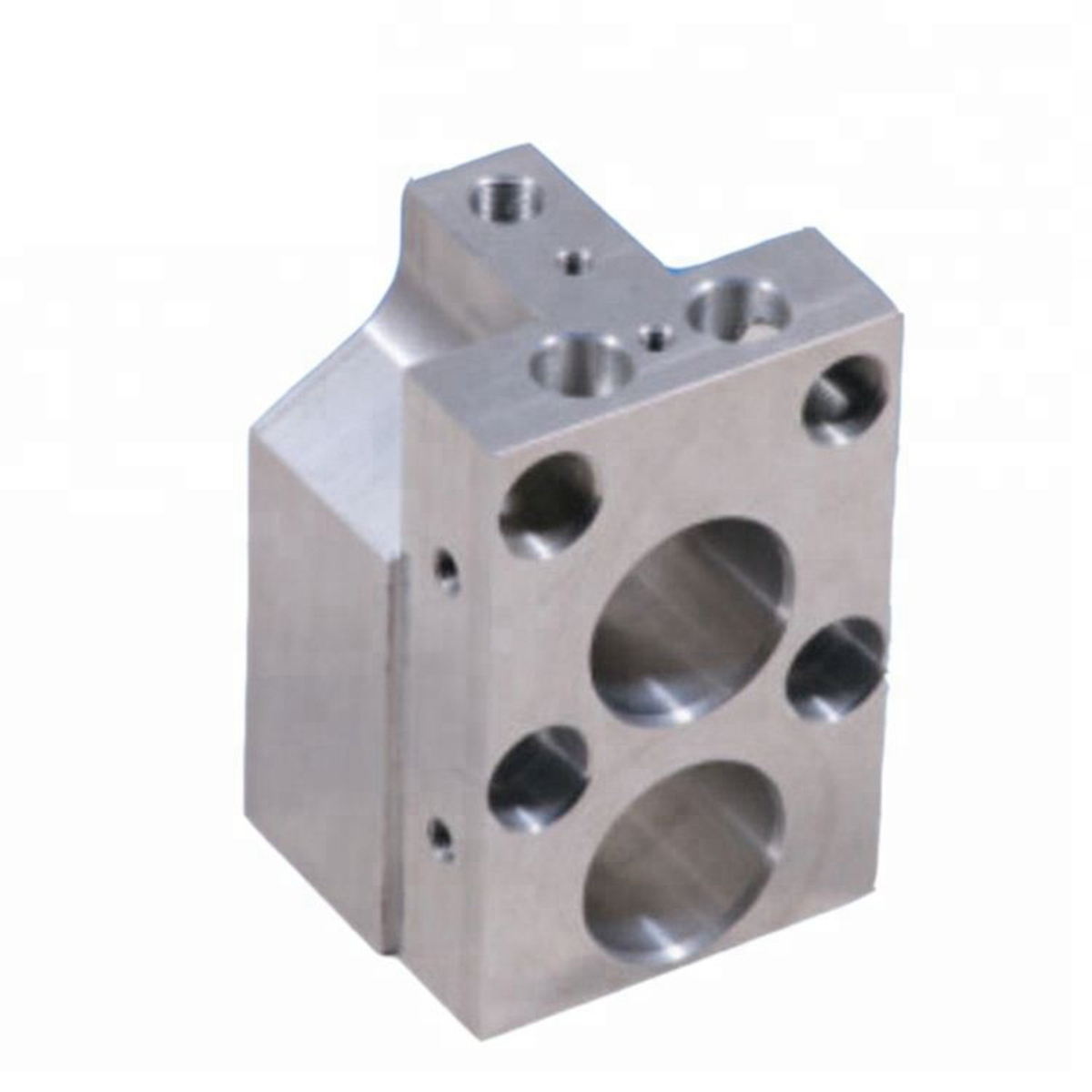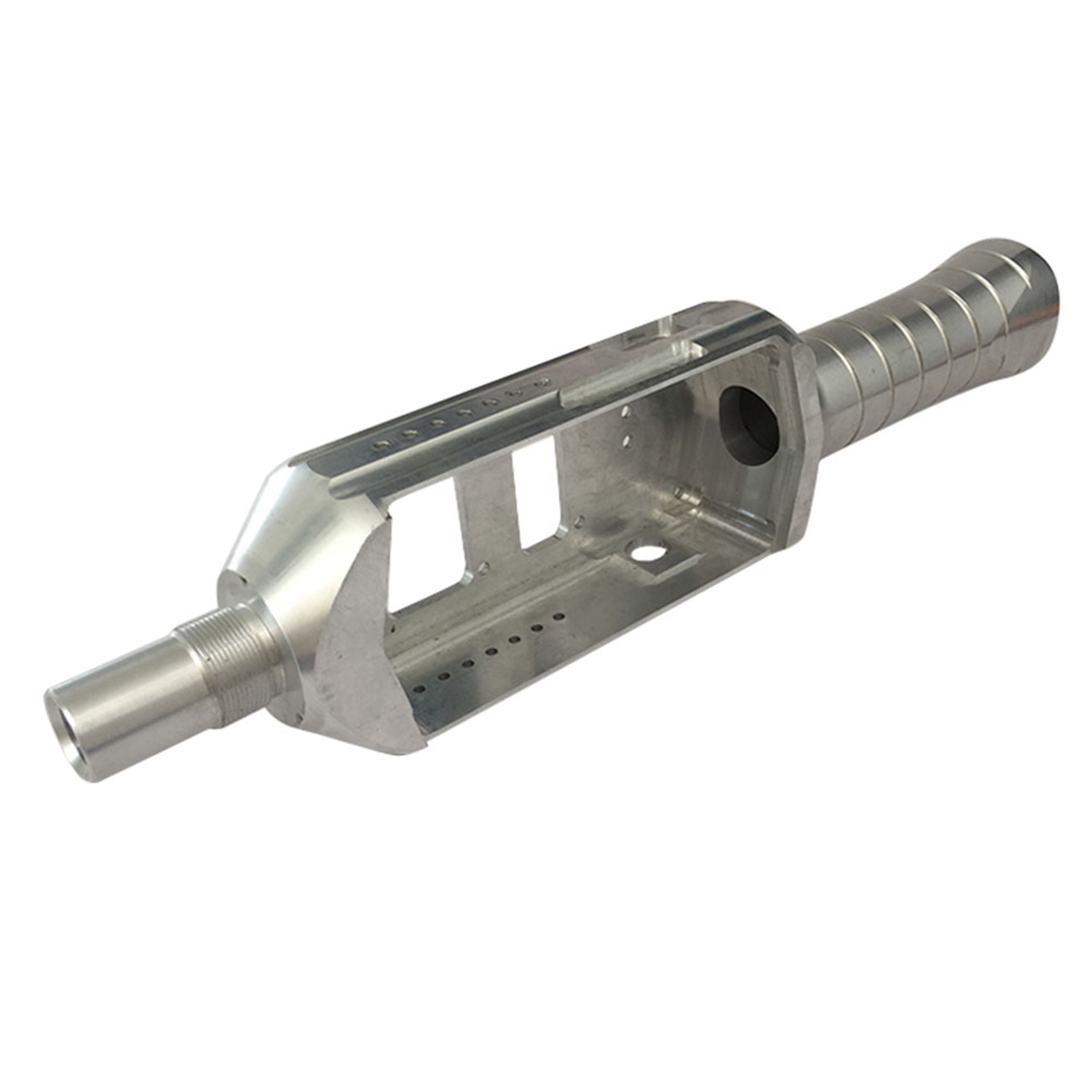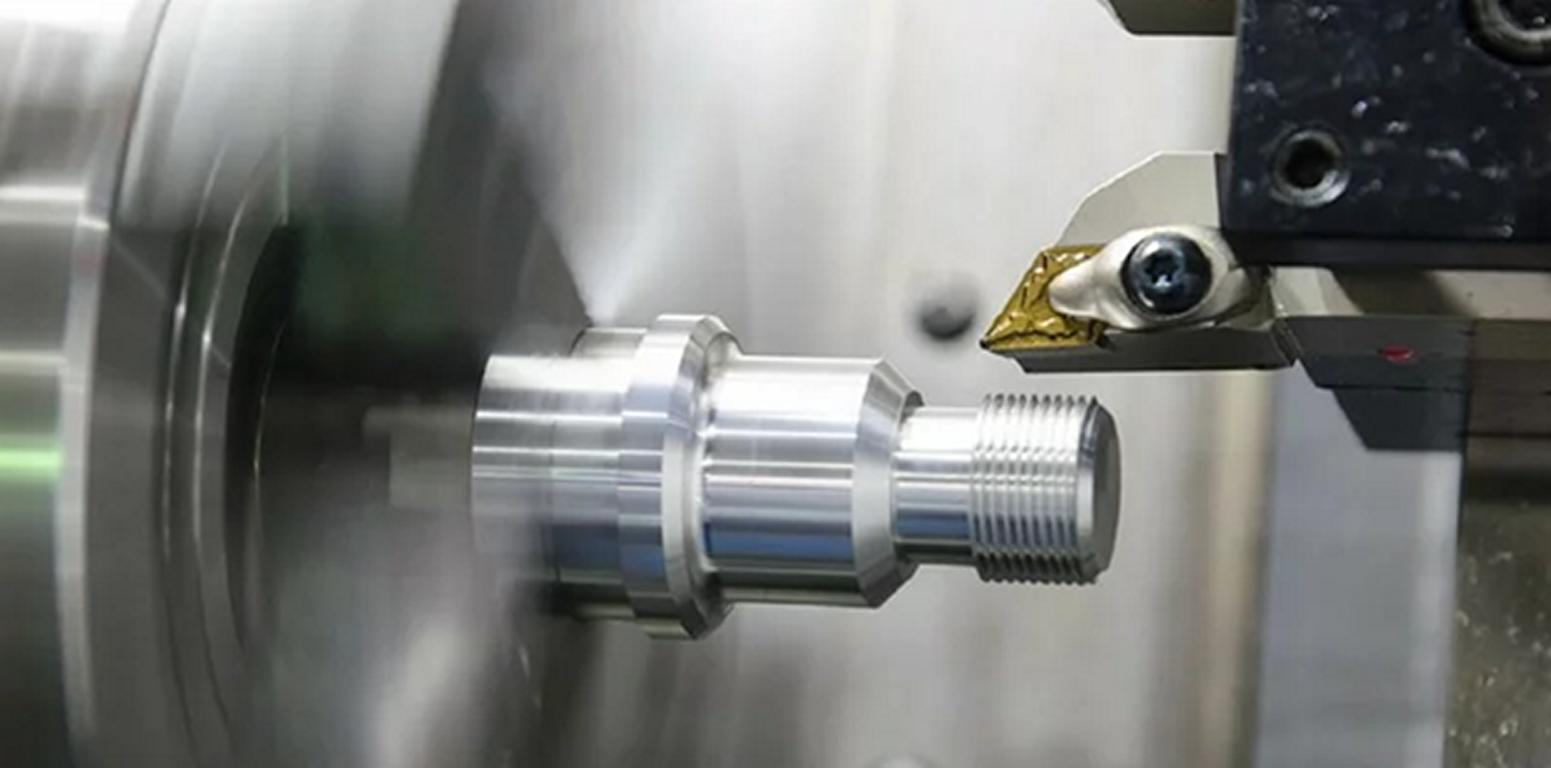Molding sand has three important advantages over other mold materials:
- it is inexpensive,
- it is easily recycled, and
- it can withstand extremely high temperatures.
Sand casting is one of the few available processes for metals with high melting temperatures such as steels, nickel, and titanium. Because of its flexibility, heat resistance, and relatively low cost, sand casting is the most widely used casting process.
Castings are produced by pouring liquid metal into a mold cavity. For a casting to be successful, the mold cavity must retain its shape until the metal has cooled and fully solidified. Pure sand breaks apart easily, but molding sand contains bonding material that increases its ability to resist heat and hold shape.
Green sand (an aggregate of sand, pulverized coal, bentonite clay, and water) has traditionally been used in sand casting, however modern chemically bonded molding systems are becoming more popular. The most widely used casting sand is silica (SiO2).
